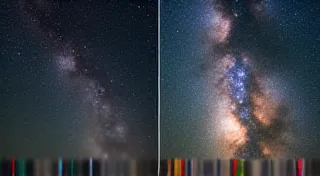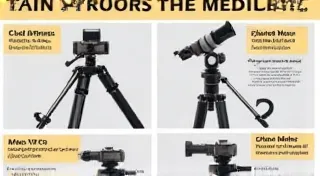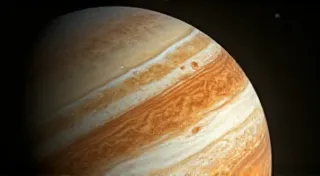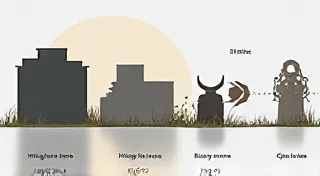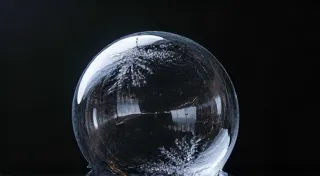Understanding Focal Length in Astrophotography
One of the most fundamental concepts in astrophotography, and photography in general, is focal length. It’s often a source of confusion for beginners, but understanding it is crucial for achieving the kind of stunning images of the night sky you’re striving for. This article will break down what focal length is, how it's measured, and how it directly impacts the look of your astrophotography images. Before diving into the specifics, it's worth noting that mastering your equipment is just one step in the journey - learning how to properly post-process your images is essential too. If you're unsure where to start, you might find our guide to post-processing astrophotography images helpful.
What is Focal Length?
Simply put, focal length is the distance between the lens or telescope’s optical center and the image sensor (or film). It’s measured in millimeters (mm). A longer focal length means the light has traveled further to form the image. This seemingly simple number drastically alters the appearance of your captured night sky.
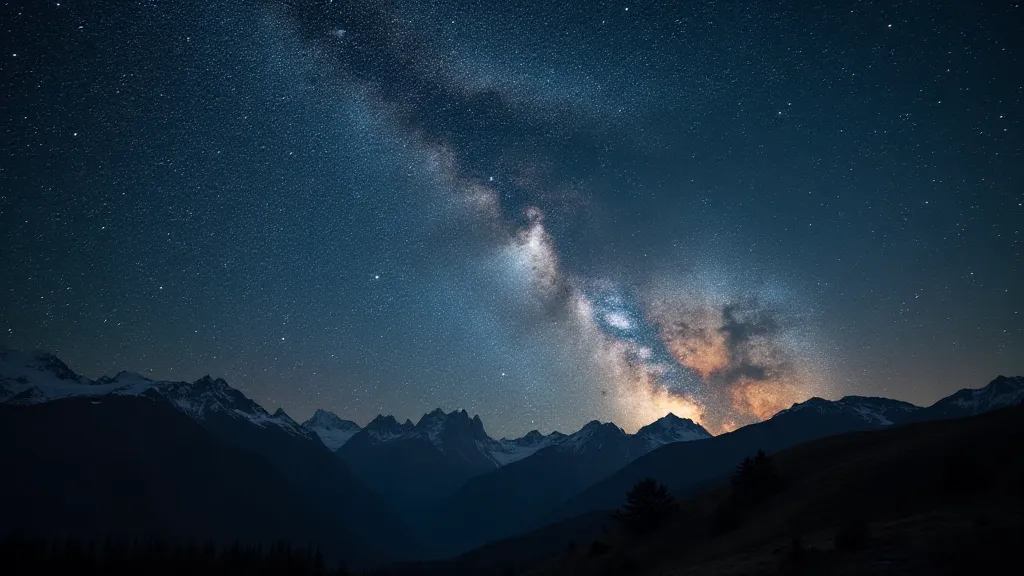
How is Focal Length Measured?
You'll typically see focal lengths expressed as numbers like 14mm, 50mm, 200mm, or even 1000mm. These values represent the range of lenses or telescopes you can use for astrophotography. Understanding this range and the subsequent field of view is critical for planning your shots, especially when you're trying to capture the grandeur of the Milky Way. For those looking to really maximize their results when photographing the Milky Way, you should check out our article on widefield astrophotography.
The Impact on Your Astrophotography
The focal length dictates several key elements in your astrophotography:
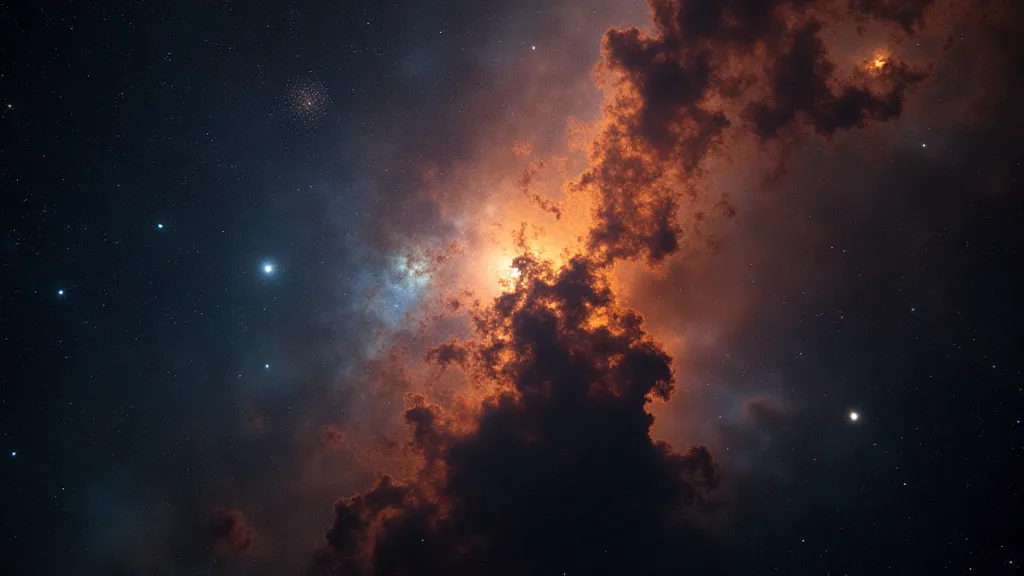
There’s no single "best" focal length for astrophotography; it depends entirely on what you want to photograph. Careful consideration of your target and the available light is crucial. Consider the need for longer exposure times when using longer focal lengths, as even subtle vibrations can blur your images. This is where a robust mount and careful attention to detail become paramount.
Telephoto Lenses vs. Telescopes
While telephoto lenses can be used for astrophotography, telescopes typically offer longer focal lengths and better optical performance specifically designed for capturing faint celestial objects. Telescopes will usually have a larger aperture (diameter) as well, allowing for more light gathering and allowing you to photograph fainter objects. Furthermore, dedicated astrophotography telescopes often incorporate features designed to reduce aberrations and improve image quality, something that is invaluable when trying to maximize the signal captured. Combining a telescope with a dedicated astrophotography camera is the ultimate setup for serious astrophotography enthusiasts. However, even with high-end equipment, the final result still depends on thoughtful processing – a common step that involves strategically combining multiple images to boost clarity and reduce noise. This is a sophisticated process known as image stacking.
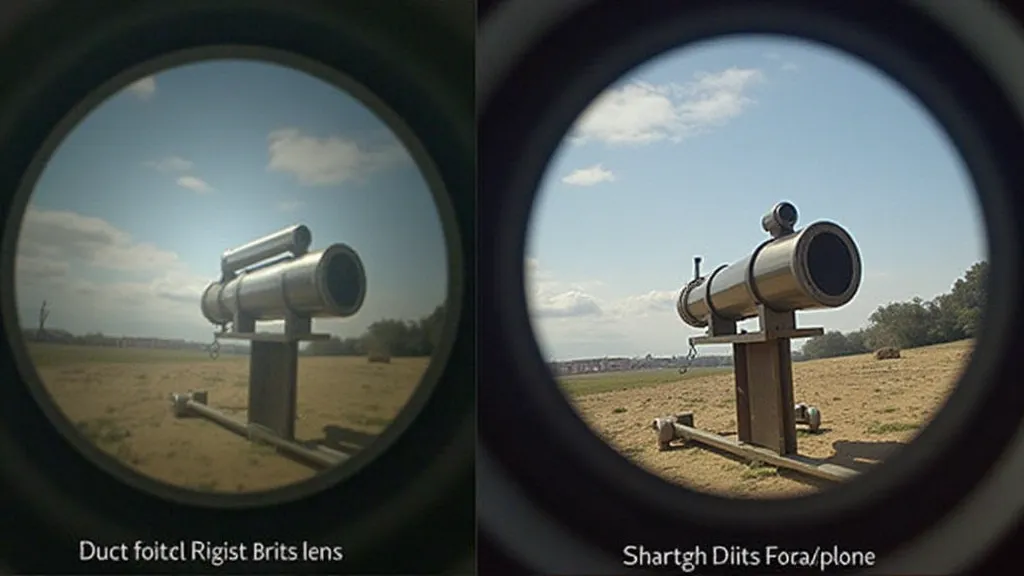
Deeper Dive: The Math and Mechanics
Let's briefly touch upon the underlying principles. Focal length (f) is directly related to the angular size of an object. The smaller the focal length, the wider the field of view. The formula to roughly calculate the field of view (FOV) is: FOV (degrees) ≈ Sensor Size / Focal Length. The sensor size is typically measured in millimeters; for example, a full-frame sensor is around 36mm x 24mm. Understanding this formula helps to predict what will fit within your frame, leading to more intentional compositions.
Beyond the Basics: Adapting and Experimenting
Don't feel restricted by the guidelines above. Astrophotography is an art form as much as it’s a science. Experiment with different focal lengths, even outside the recommended ranges. The most rewarding images often come from pushing boundaries and trying new techniques. Consider using adapters to use lenses not specifically designed for telescopes. Just be mindful of the potential for increased aberrations and the need for even more meticulous processing.
Building Your Astrophotography Portfolio
Once you're comfortable with the fundamentals of focal length and image acquisition, consider sharing your work. Building an online presence is a great way to connect with other enthusiasts, get feedback on your images, and inspire others to explore the wonders of the night sky. Remember that even the best equipment and understanding of focal length won't matter if you don't properly share your results.
Conclusion
Understanding focal length is vital for mastering astrophotography. Experiment with different focal lengths to discover what works best for your equipment and creative vision. Don’t be afraid to try new things – the night sky offers endless possibilities! Learning about focal length is just the beginning of a long and rewarding journey.
